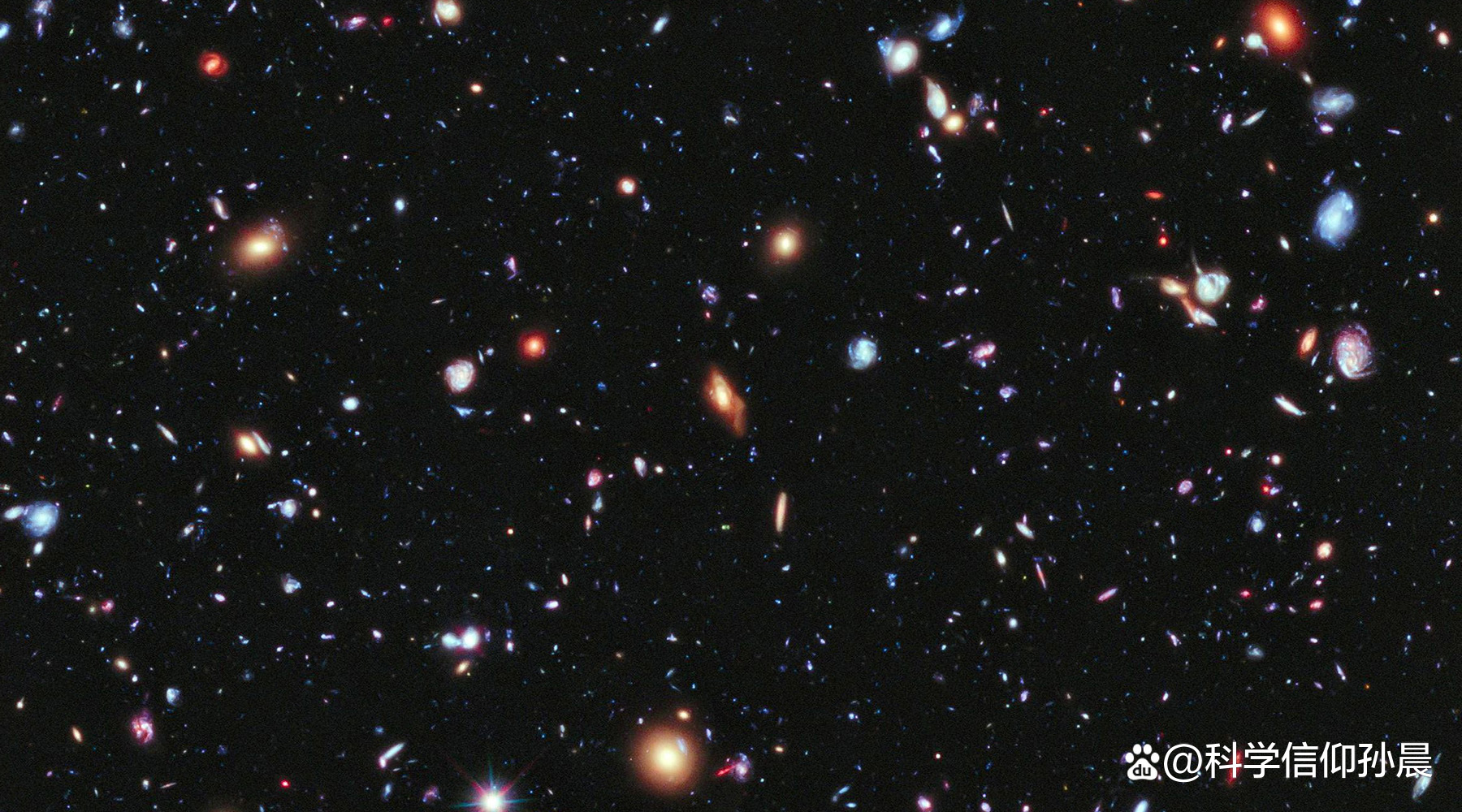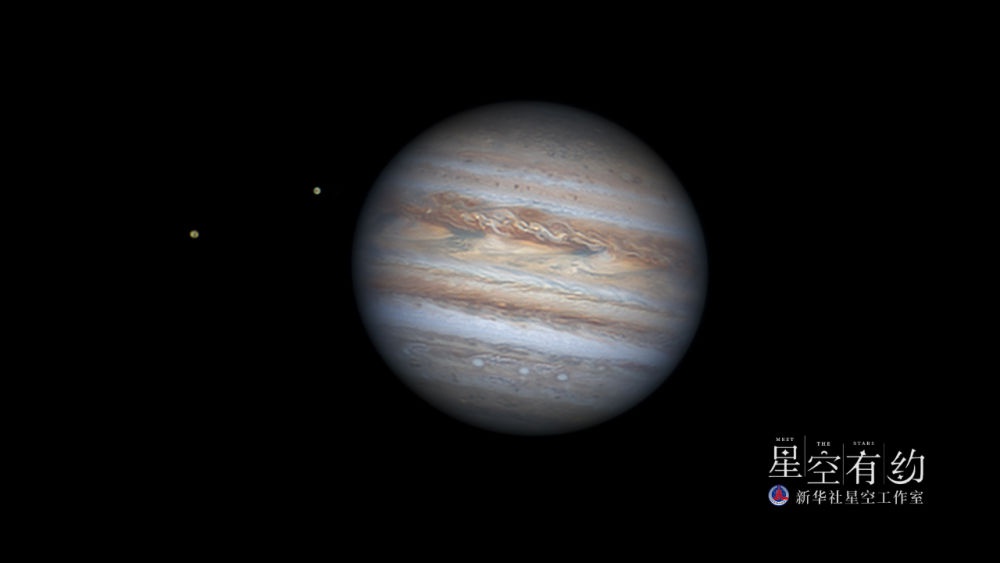There are many sand on the earth, there are more stars in the universe, how many galaxies are there in the universe?
Author:Scientific belief Time:2022.09.26
How much sand is there on the earth?
This is a problem that cannot be accurate statistics, but each cubic centimeter can accommodate 8,000 sand grains. In this way, 8 billion capsules can be accommodated per cubic meter. The final result must be an astronomical number. However, although there are many sand on the earth, there are no stars in the universe. What is a star? The sun is a star. In our solar system, there is only this only star, so we feel that this thing is very rare. In fact, most of the stars we see in the night sky are stars. In the universe, the number of stars will not be countless, and the sand grains on the earth are comparable. However, the cosmic celestial bodies are much more rules than sand grains. They do not exist in isolation. Because of the gravitational effects of each other, the heavens will form a system of various sizes of different sizes, and the most basic system is the galaxy.

What is a galaxy?
Our solar system can not be regarded as a galaxy, it is just a star system. In our opinion, the solar system is very large. This "huge" star has a star, 8 planets, 173 planet satellites, and a large number of dwarf stars, asteroids and other celestial bodies. But it is such a "huge" star system. In the Milky Way, it is just a dust -like existence, because the number of stars in the Milky Way is as many as hundreds of billions, and there are some big guys in these stars. Their quality can reach hundreds of times the quality of the solar. So, how big is such an galaxy with hundreds of billions of stars? Its diameter is about 150,000 light years, and our solar system is about 26,000 light years away from the center of the galaxy.

The Galaxy is a very large universe structure, but such a huge universe structure is not rare in the universe.
Not to mention, there is a larger galaxy near the galaxy. We call it the "fairy galaxy". It is the galaxy closest to us outside the galaxy. Around the year of light, it takes 2.54 million years to reach the earth, and the fairy galaxy we see now is 2.54 million years ago. There are dozens of galaxies around the galaxy and fairy galaxies. These galaxies form a larger celestial system and galaxy group. We call this galaxy group "this galaxy group".

The diameter of a galaxy has reached tens of thousands, or even hundreds of thousands of light years, and the distance between the galaxy and the galaxy must be calculated by the "Million Light Years". What a huge group is self -evident.
However, the "galaxy group" is also not a rare thing in the universe, and there is a greater celestial structure above it. We call it the "super galaxy group". A super -galaxy group is usually composed of hundreds of galaxy groups. Taking our super -galaxy group as an example, it is composed of more than 100 galaxies group. We call this super galaxy group "Room Virgo Super Galaxy Group". The Virgin Super Galaxy group is not an approximate circular structure, but a clear oval shape. Its long diameter reaches 100 million to 200 million light years, and the number of star systems is more than 2,500.

Hundreds of millions of light years, this is a difficult distance for us, but for the universe, such a celestial structure is just a dust.
If the entire observable cosmic A4 paper is represented, then the pen can be used at the center of the paper with a pen, which can probably represent the Virgin Super Galaxy group. The radius of observation of the universe is about 46.5 billion light years, so how many galaxies are there in observed universe? We have no ability to get accurate data, but scientists estimate that within such a huge range, it can accommodate up to 2 trillion galaxies, at least not less than 200 billion. There are so many galaxies, and each galaxy has hundreds of billions of stars. It seems that the stars in the universe are indeed more than sand on the earth.

We have appreciated the big universe, but this is just observing the universe.
The radius of observing the universe is 46.5 billion light years, because of the limitation of the speed of light and the swelling of the universe. We can only see things within this range. In addition to observed universe, there is a broader space, and The space there is still expanding, so how big is the universe, how many galaxies in the universe, and how many stars are, no one knows at all, and it is likely that no one will know. The big of the universe not only surpasses our imagination, but even exceeds our understanding of understanding, so whenever we look up at the starry sky and let our hearts talk with the deep universe, we will effectively appreciate our own smallness, in front of our eyes, we will be in front of our eyes. Everything is insignificant.
- END -
Don't miss it: On the evening of the 11th, the round moon "chase" super bright Jupiter

Poster production: Feng JuanAstronomical popular science experts introduced that a...
[Four Seas Sound Review] Smartjinmen empower the future

The strongest sound of the net energy evaluationThe sixth World Intelligent Confer...